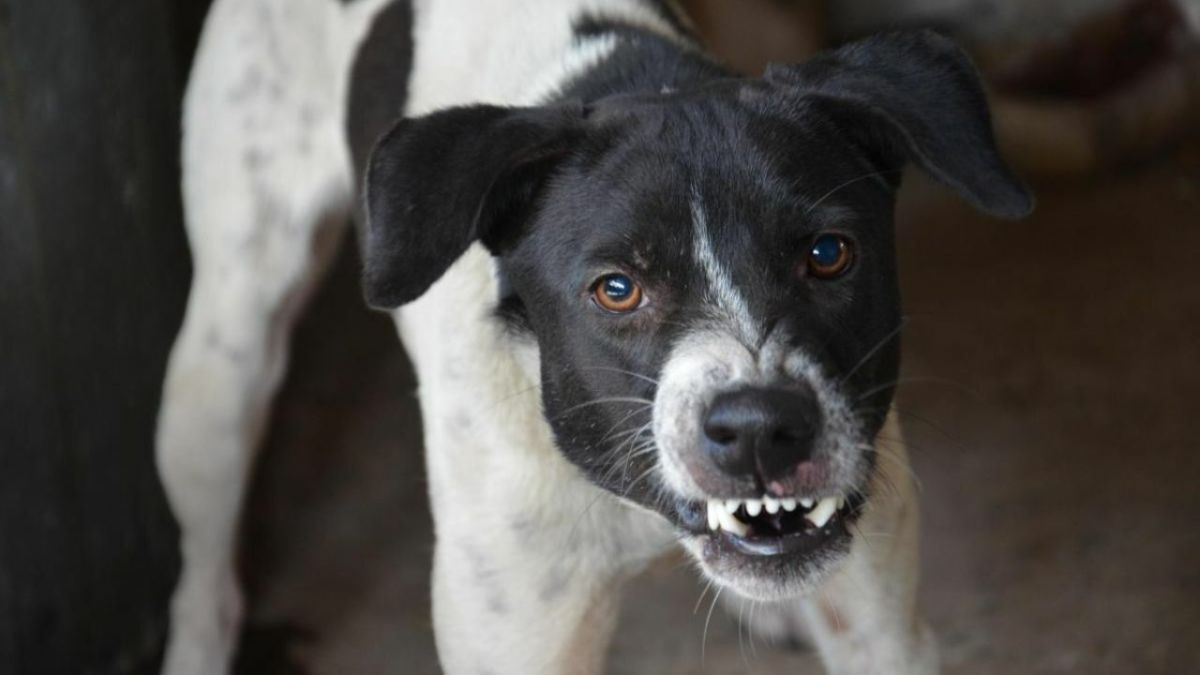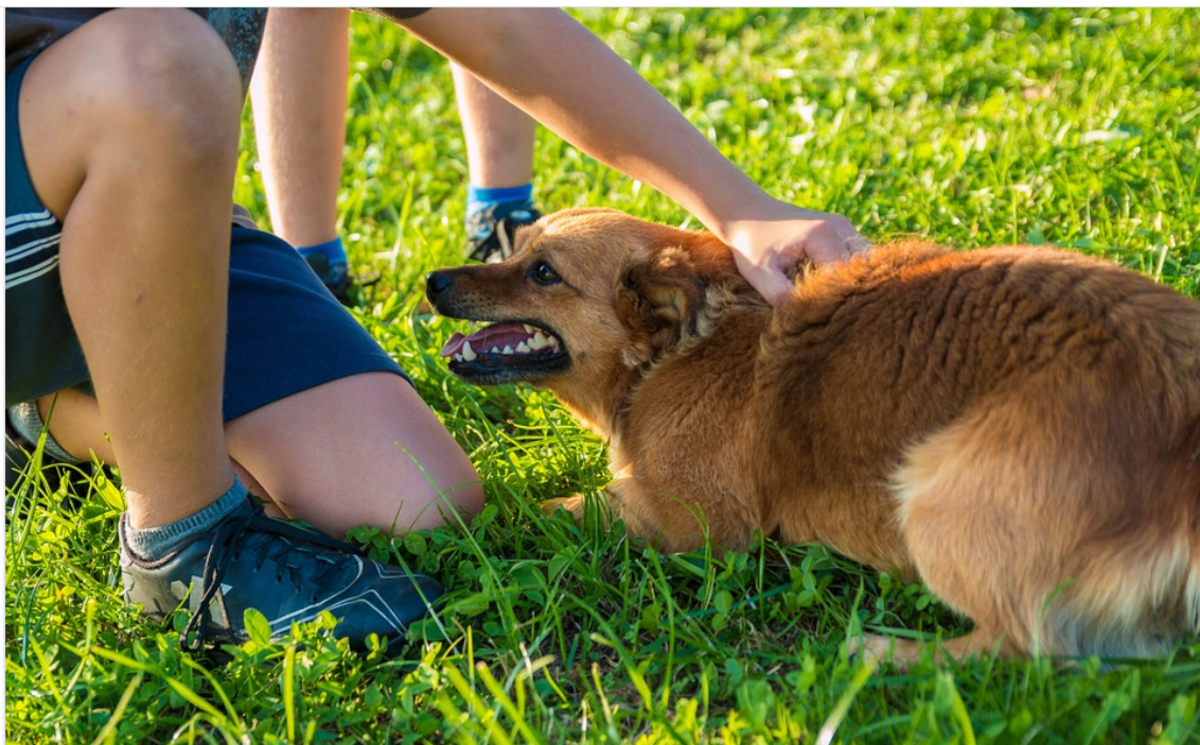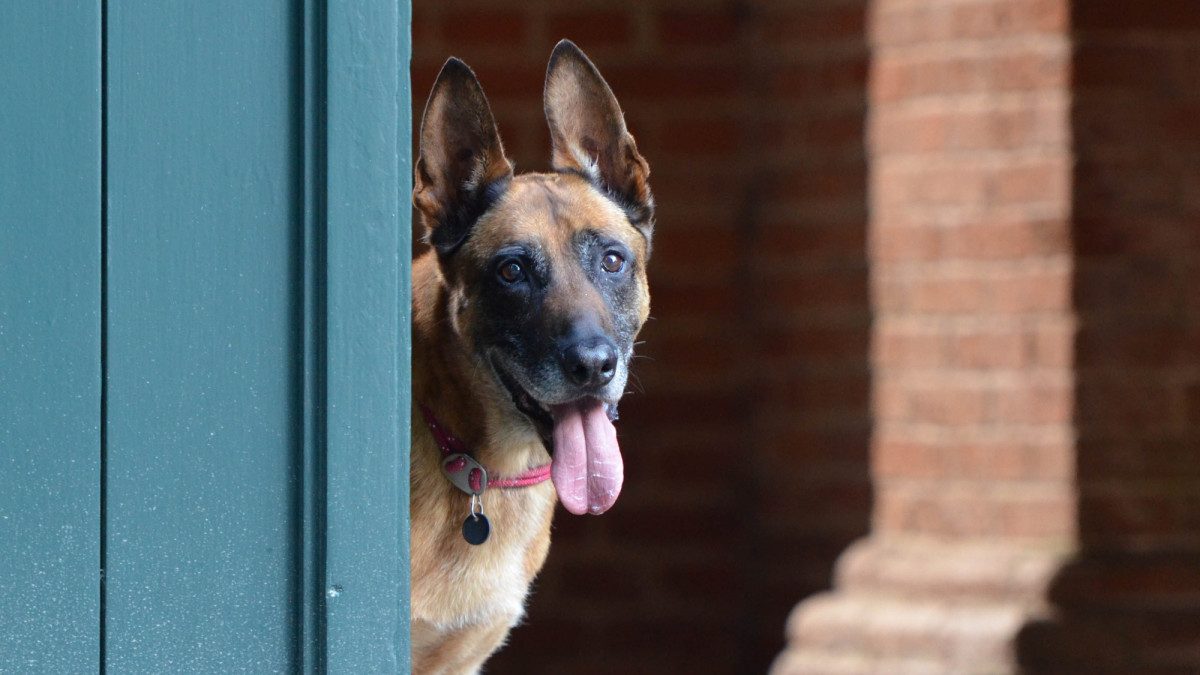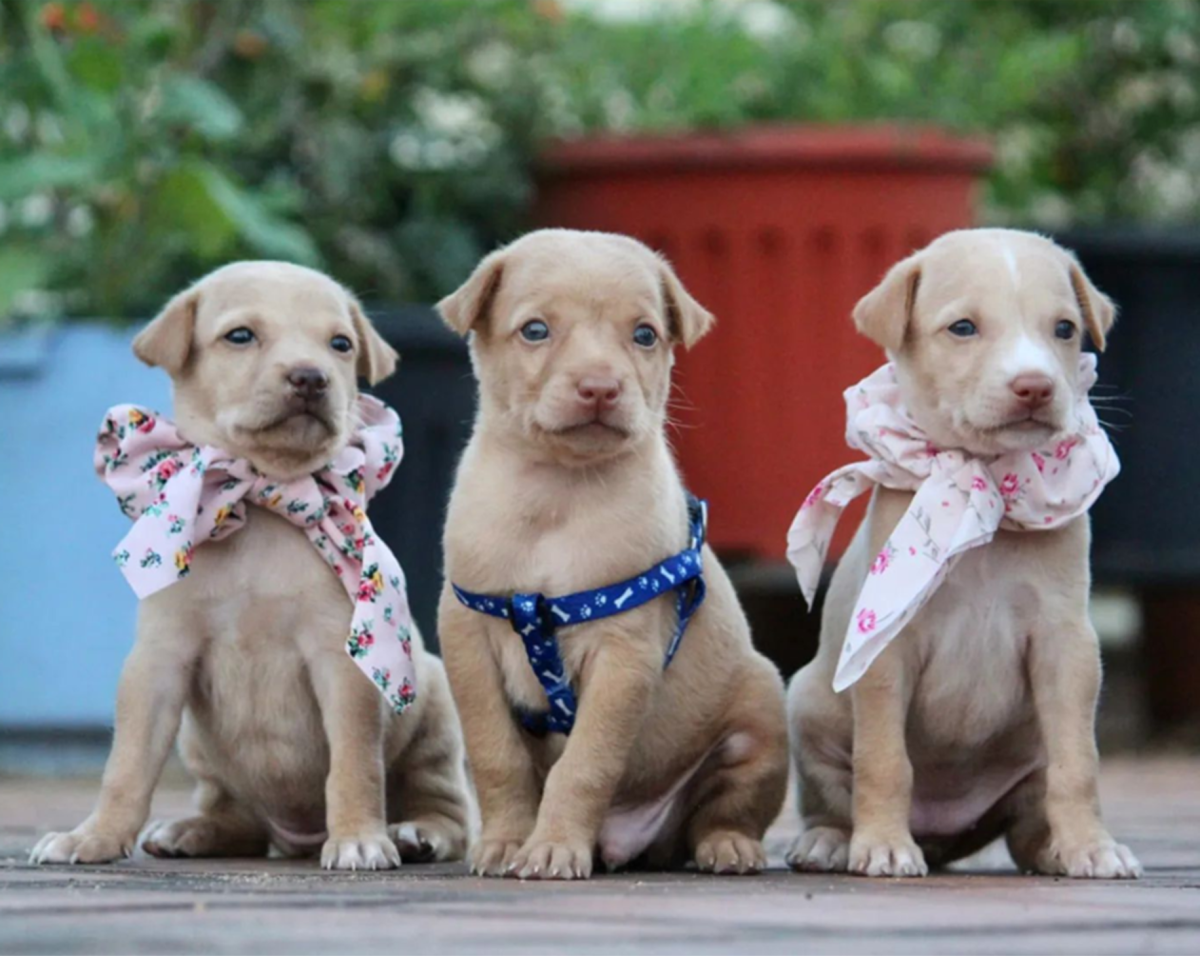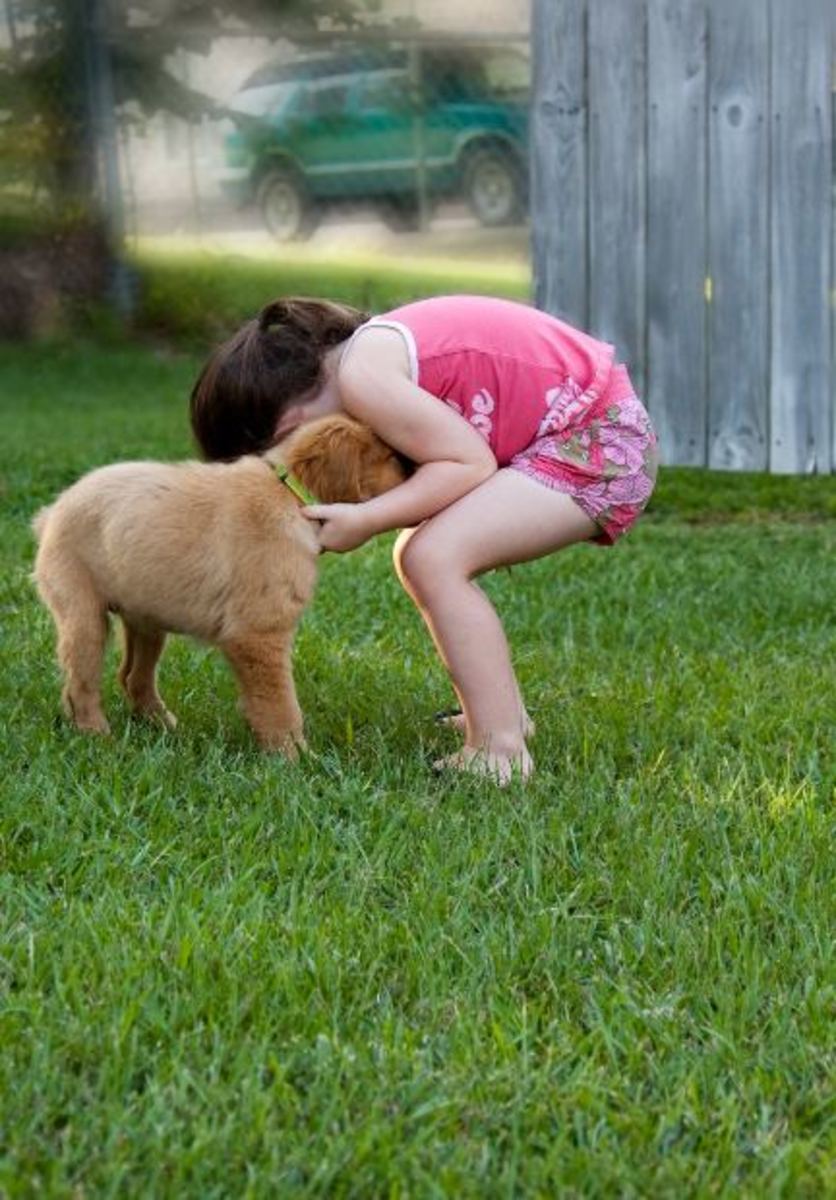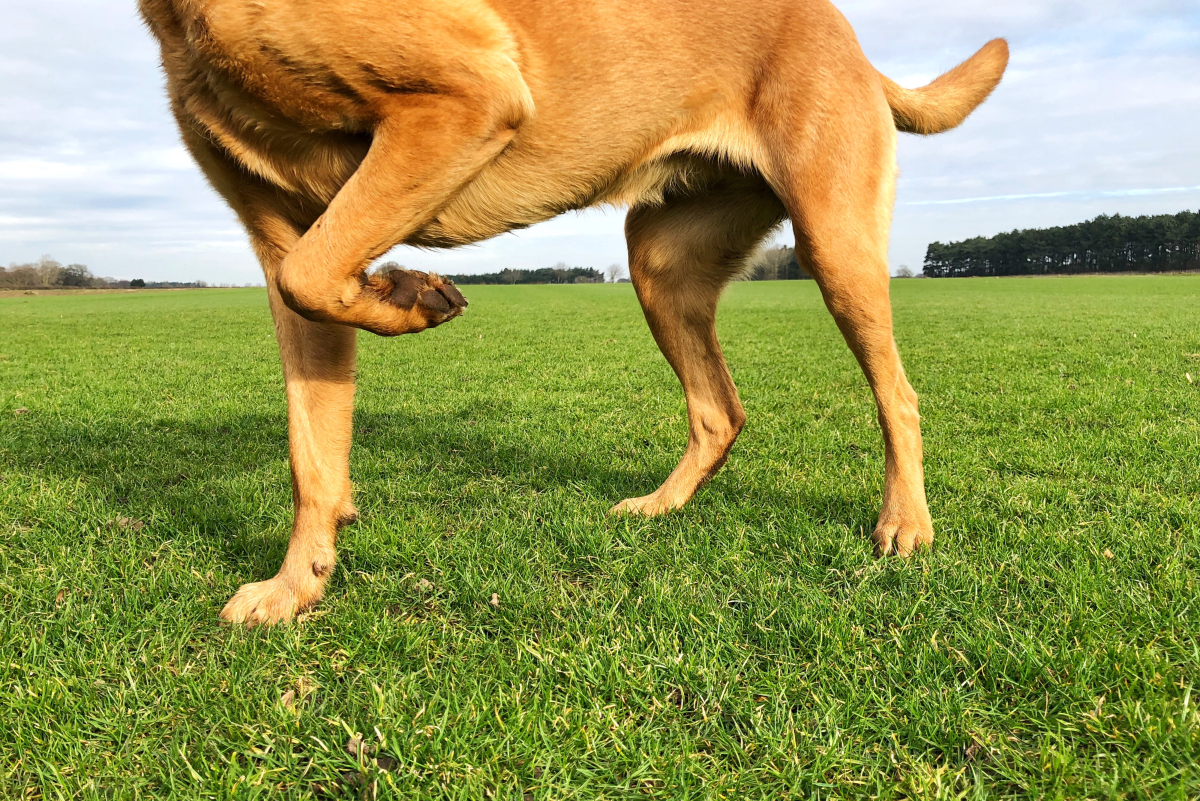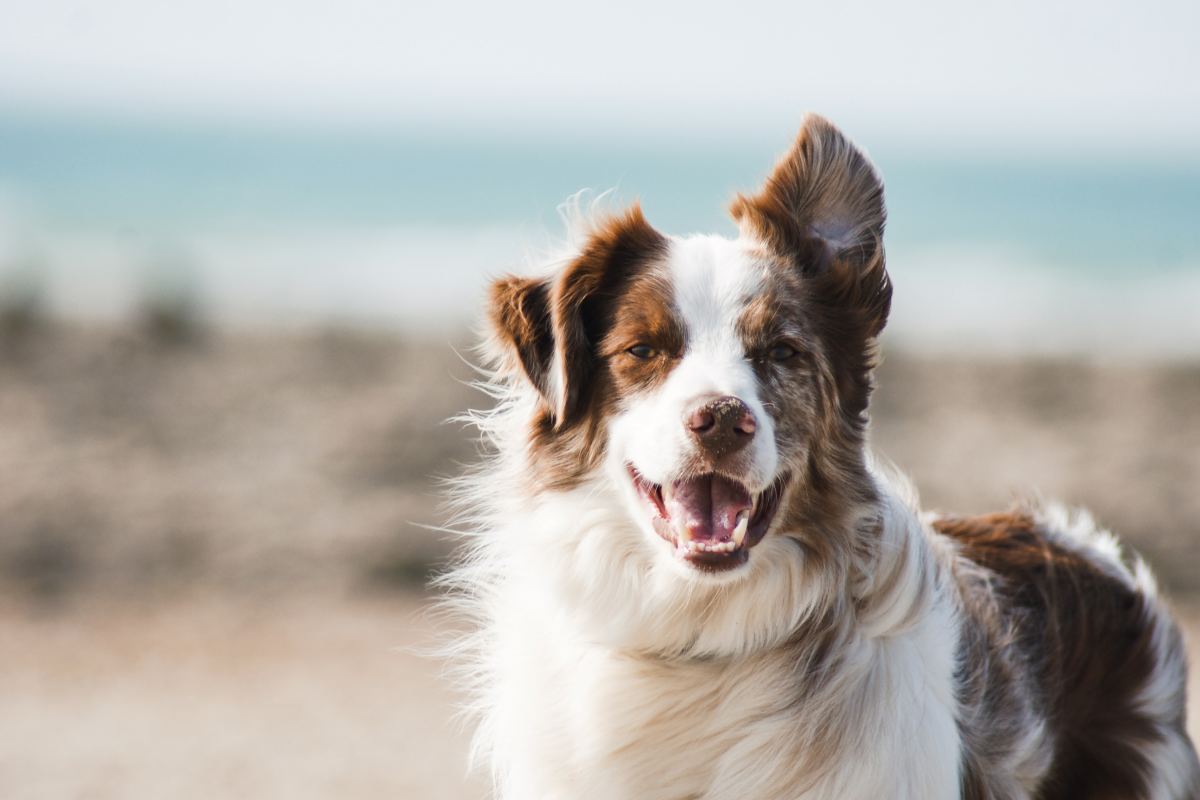Getting children and dogs to mix well
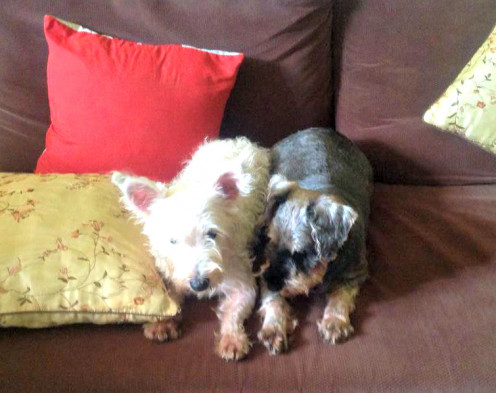
Every Dog's Guide to Home Safety
Just recently, my terriers and I had a memorable encounter with a little girl waiting for the lift to take her up to her apartment.
She had such fear of my two placid pooches that she froze in place when we passed. She didn’t move until we returned from our evening stroll.
I guessed that she must have had negative encounters with dogs. The incident stressed the importance of getting pets and children to interact well.
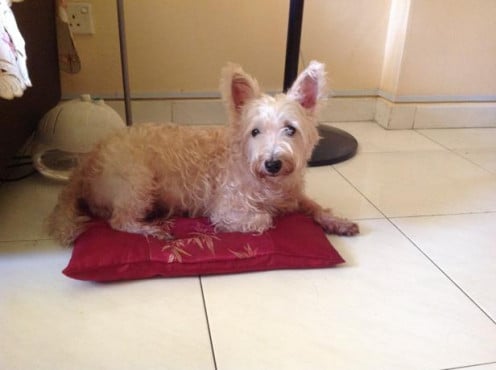
The challenge of bringing up a child and a pet
Raising a child or pet is a challenge. Nurturing either requires tremendous effort.
To have both children and dogs in the same household is a potential nightmare. To lessen your headaches, you have to prompt them to interact positively.
Encouraging children and dogs to play nicely is even more necessary when guests and their children come over to visit.
Dog Safety
What can go wrong when children and dogs interact?
Play has the potential to go awry when children and dogs get together. Children don’t realize it when their actions trigger canine aggression.
1. The child hurts or startles the dog
A child unwittingly hurts a dog when he pulls its tail, falls onto it or sticks a pencil in its ear. The pain sometimes causes it to be defensive and lash out with a bite.
2. The child gets too close to the dog's belongings.
A child usually picks up a dog’s bone or other toys out of curiosity. Dogs are possessive creatures and don’t enjoy it when their bones are taken.
It’s possible for them to become aggressive when a child takes their favorite toys in the middle of a good chew.
3. The child uses inappropriate actions or body language.
Dogs interpret certain actions or body language as aggression on our part. Snarling or growling at them makes them defensive and prompts them to do the same.
Canines feel the need to bite when children mimic their actions.
4. Fear triggers a predatory response.
If my dogs were fiercer, the little girl I had introduced earlier in the article might have been bitten. Terrified responses from children do set off predatory responses in our dogs. It’s not surprising for a dog to take pleasure in chasing a frightened child.
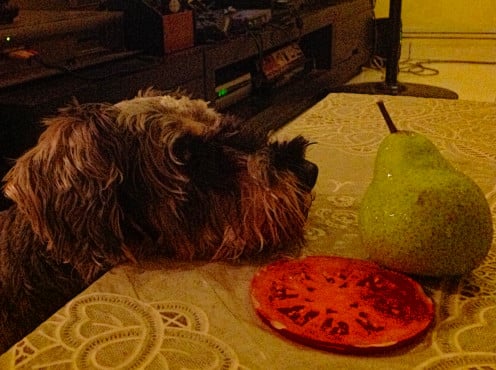
How to teach your dog to interact positively with children
1. Supervise children and pets whenever possible.
It’s not advisable for pets and children to be unsupervised. If you can’t be around when your children are playing with your dog, it’s best to confine the dog to a safe area away from them.
2. Create space for your dog.
Crates are frowned upon as a means of permanent confinement, but are a safe place for your dog to be at times. Dogs sleep in it without being bothered.
Never use the crate as punishment. It should be used as a safety resort when needed.
3. Establish house rules
House rules should be established. Children shouldn’t play roughly with dogs. Actions and mannerisms that prompt aggression should be disallowed.
Children and dogs should understand their respective boundaries. A dog shouldn’t be allowed to play with a child’s toys, A child shouldn't be allowed to snatch any toy belonging to a dog either.
If your child is young, make his room a dog free zone.
4. Train and socialize your dog.
Your dog has to learn how to behave around people, especially children who are still learning the ways of the world.
Dogs are sociable creatures, but don’t express themselves the way we do. A jump indicates a friendly intention to play, but humans, especially a child, often see it as aggression.
To prevent misunderstandings and accidents from occurring, socialize your dog. Teach it not to jump to greet strangers and children.
5. Choose the right breed.
Some dogs, including the Rottweiler, Pit bull Terrier or Mastiff, should not be allowed around children unless socialized or already a member of the family for some time.
A frisky dog overwhelms a gentler, more sedentary child. In this case, choose a quiet, more reticent dog A Shih Tzu or Labrador Retriever fits the bill.
6. Prepare dogs and children to meet each other.
Abrupt sounds alarm a dog. To get it used to the cries of a baby, think about getting the help of a trainer.
Help it get used to the baby’s sounds and scents. Allow the dog to smell the baby’s blanket or toys to acclimatize it. The same should be done to get the dog used to other children.

How to teach your child to interact positively with dogs
It’s important to teach a child to interact appropriately with dogs. Honestly, children get rough at times. Think about the mangled stuff toys that are lying around at home.
1. Teach your child to approach dogs safely.
Initial lack of familiarity is not surprising. Teach your child to approach the dog with his palm face down.
He should always use a soft voice when speaking to a dog. Children should always ask for permission before petting another person’s pet.
2. Children should use just the right touch with dogs
Contrary to what we believe, dogs find pats on the head a little invasive in the way we do.
Explain to children that dogs prefer being stroked on the chin and behind the ears. Never hug or squeeze dogs.
3. Don’t allow your child to carry puppies.
Try not to allow a young child to carry puppies around. Puppies tend to squirm and children lose their grip on them. Letting a young child hold a puppy without supervision is setting the stage for an accident to happen.
Teach older children to support the dog’s forelegs and hind legs when carrying it. The child’s right hand should be under the chest. The left should circle under the hind legs of the dog.
4. Playing safely
Children must be told from the start that yelling, running and abrupt actions startle dogs. If this should happen, get the child to stand quietly until the dog stops barking or walks away.
5. No Teasing
Dogs behind a fence feel trapped as it is. Taunting and teasing restricted dogs angers them.
There is danger afoot when the frustrated dog gets loose.
My terrier, Cloudy, is often taunted by children who make silly barking noises. I have to grip Cloudy’s jaw gently to remind her not to bark. The children have to be instructed not to make those noises as it irritates both dogs and people.

Conclusion
Dogs and children playing well together is heartwarming. Encouraging their harmony encourages joy.
Orignal work by Michelle Liew Tsui-Lin
Other articles on pets by Michelle Liew
- Causes of skin disorder in dogs:symptoms, types and ...
What are the symptoms, causes and types of skin diseases in dogs? Which breeds usually experience them? - How to be responsible owners and reduce the number o...
On the problem of pet abandonment and how to reduce the numbers of unwanted pets in shelters. - Making the trip to the veterinarian easier for yours...
On the times we need to bring our pets to the vet, the difficulties we face and how to overcome them. - Ten rare canines to consider as family pets
Here are 10 rare breeds of canines to consider as pets! - How to provide stress relief for our pets
An article on the causes of stress in animals and how to help them overcome it. - Symptoms of fear in dogs and how to help our pets ov...
On the different things that make our dogs afraid and overcoming them. - How to determine if a dog has been poisoned:causes, ...
An article on the causes, symptoms and prevention of poisoning in dogs. - The benefits of music for animals : suitable music f...
On the benefits of music for our pets - What unique cats make special pets?
Ten special cat breeds one can consider as pets. - Eliminating fleas in our pets - the pros and cons of...
The pros and cons of anti-flea products and natural ways of eliminating fleas in our pets.

